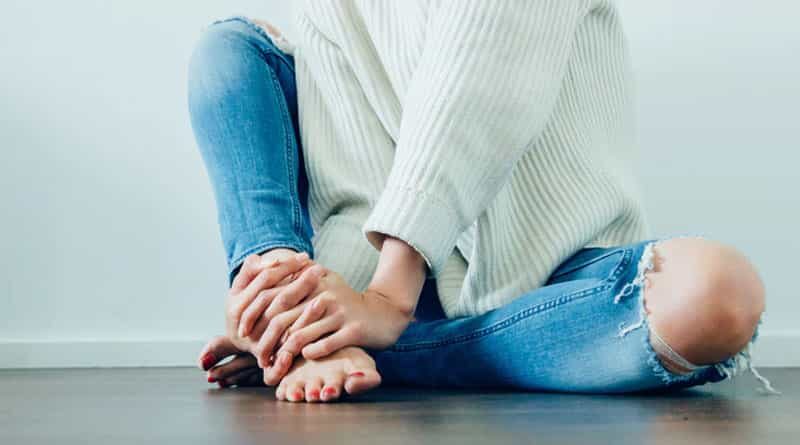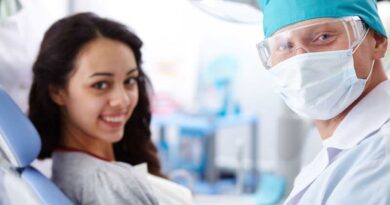Everything You Need to Know About Arthritis Treatment Methods
Arthritis is a disease that is more common among people over forty years old. However, according to doctors, this pathology is now “getting younger”. Arthritis is a collective concept. This name can hide both an independent joint disease and a symptom of different pathologies. Among the main causes of this disease are infections, metabolic, autoimmune disorders, and injuries. Lest see arthritis treatments and methods.
At the moment, there are no procedures and medicines that can completely cure arthritis, however, it is possible to control the symptoms and achieve stable remission.
Table of Contents
Symptom and Types of Arthritis
More than a hundred types of arthritis are currently known. The main manifestation of arthritis is intense or throbbing pain in the joint, which is especially disturbing at night. Signs of almost any type of arthritis also include a high temperature in the affected joint, swelling, redness, a feeling of stiffness in the morning, general weakness, and impaired mobility.
Common types of arthritis include:
- Rheumatoid arthritis is a disorder of the immune system(1) caused by complications of influenza, tonsillitis, and other infectious diseases
- Seronegative arthritis is a type of rheumatoid arthritis that also can be caused by infections
- Gout is manifested by recurring acute arthritis. It occurs due to deposits of uric acid salts in the joints which leads to the formation of gouty gout granulomas.
- Infectious (pyogenic) arthritis is caused by bacterial, viral or fungal infections.
- Osteoarthritis is a disease that can be caused by trauma, metabolic disorders, endocrine diseases, degenerative necrotic processes(Koenig’s disease), dysplasia or inflammation of the joint.
Read: Relieve Muscle Pain Without Pills
Classic Arthritis Treatments Methods
Arthritis is a disease that requires complex and continuous treatment. This means that after a short period of treatment a complete cure or at least remission cannot be achieved. Therapy will require a lot of time and include follow measures:
1. Taking medicines
Nonsteroidal anti-inflammatory drugs used intravenously or intramuscularly help to relieve pain and inflammation. In some cases, the doctor may prescribe hormonal anti-inflammatory drugs (glucocorticosteroids), muscle relaxants to relieve muscle cramps(2), and ointments to reduce swelling or relieve pain.
Drug treatment is mainly aimed at combating symptoms than the cause. In addition, even properly prescribed drugs cannot guarantee the desired effect.
2. Proper nutrition
Dietary nutrition which includes a complex of vitamins A, E, C, B1, B3, B6, B12, as well as trace elements (molybdenum, selenium, sulfur, zinc, copper, manganese) and amino acids is very important.
Read: Tennis Wrist Injury
3. Wearing bandages and orthopedic insoles
Wearing bandages and orthopedic insoles can be prescribed depending on the location of arthritis, to change and reduce the load on sore joints.
4. Physical therapy and massage
Physical therapy and massage can be recommended as insurance against possible stagnation in the tissues, as well as to restore the full functioning of the joints and protection of the surrounding muscles and ligaments.
Traditional Arthritis Treatment Methods
In the modern world, traditional medicine is recognized along with classical medicine. When a patient is diagnosed with a disease such as arthritis, a doctor of traditional medicine can prescribe one of the following types of treatment (or their complex):
1. Acupuncture
This is one of the oldest approaches of Chinese medicine, based on the introduction of needles into the biologically active points of the body.
Acupuncture can reduce pain, relax muscles, reduce swelling, and improve blood circulation, which leads to normalization of the metabolism. Acupuncture is often combined with classical methods of treatment, as well as with herbal medicine.
Read: Natural Treatments for Migraine Headache
2. Phytotherapy
Herbal medicine can ease arthritis symptoms, relieve pain, restore the immune system, and improve metabolic processes in the affected joints.
This method is often used for hip arthritis pain treatment. Herbal infusions can include up to 100 components and are prescribed depending on the patients’ physiology.
3. Acupressure
The procedure is based on the same principle as acupuncture with the only difference being that the therapist affects a biologically active point with fingers. Its effect is comparable to the effect of acupuncture, but a little weaker.
Acupressure improves blood supply in the affected area, normalizes metabolism, and eliminates pain syndrome. Acupressure also helps to reduce nervous and muscle tension, and stabilize the emotional background.
Read: Gamer’s Thumb
4. Moxotherapy
This is cauterization or warming of bioactive points on the body with a special cigar from medicinal herbs. The procedure is carried out directly on the patient’s skin, this method is used in traditional medicine in many Asian countries. During the procedure, you feel pleasant warmth, an influx of blood and energy to the diseased area.





Thank you from the bottom of my heart for everything